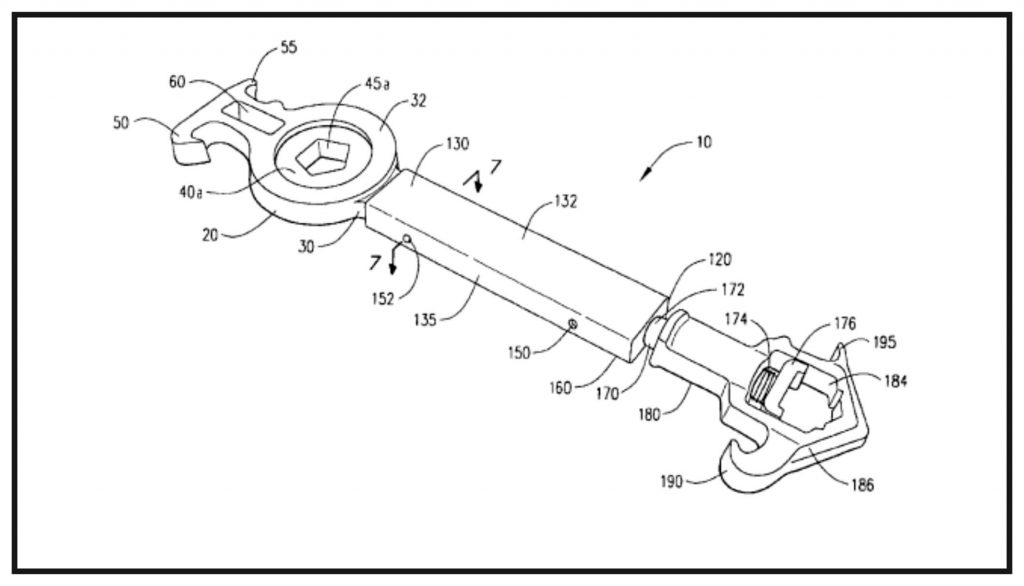Before moving ahead with the illustration types in Utility and design patents, it is must for you to know how both are different. According to the USPTO, Utility patent gives protection to the working part of an article or element. However, Design patent protects the look of the article that includes configuration/shape or surface orientation of the article. An article can have both functioning as well as ornamental characteristic, an inventor can apply for both the patents for one invention.
Regardless of the patent, its application must enable a “person having ordinary skill in the art” to recreate the invention. Hence, one can achieve this by providing detailed invention with accurate drawings. However, it is important to showcase all the elements of the claim. Also, the illustration becomes a great help in the understanding of the claimed invention.
Illustration Types in Utility Patents Include
Depending upon the type of invention you can choose illustration types for your patent application. Utility patent illustration expands your invention idea to its fullest application and helps examiner understand your invention properly. So, you can see some illustration types used in utility patent:
(A) Lines showing object’s shapes
In patent illustration, different types of lines are used depending on the type of requirement. Here are some line types with their functioning:
- Solid Lines- It represents claimed portion of design drawing
- Phantom Lines- It shows disclaimed portion of design drawing
- Hidden Lines- It is dashed lines which represent line obstructed by another device or embodiment
- Projected Lines- These lines represents detached part from other embodiments
- Boundary Lines- Boundary lines are used to design patents to separate disclaimed areas
(B) Electric Circuits
Electrical circuits are used to depict the physical arrangement of wires and electrical components being used in the invention.
(C) Flow Charts
It is a type of diagram which represents an algorithm, workflow or process of the invention.
(D) Block Diagrams
In this, connected blocks represent principal parts or functions of the invention
(E) Chemical Formulas
This form of representation in patent drawings show elements present in a compound and their relative proportions.

For instance, the above diagram is of Firefighter’s Wrench which has been filed in the USPTO. In the diagram, the object’s shape is represented using lines.
Additionally, an applicant may choose to represent the drawings with different views for a better understanding of the invention. The following views are used in Utility patent drawings:
- Orthogonal View: – This view represents a 3-dimensional object into 2-D.
- Perspective View: – It portrays a 3D image having height, width, and depth.
- Sectional Views: – This view represents the hidden part of the object by cutting away some part of that object.
- Isometric Views: – It includes technical and engineering drawing of 2D objects.
- Enlarged Views: – This view emphasizes on disclosing minute details of the elements of the drawing.
- Alternate Views: – This view shows the range of motion of an assembly.
- Exploded Views: – This view shows the assembling parts of the object.
- Partial Views: – This view renders a portion of view content.
Related Articles: When to use Shading in Patent Illustrations
Click Here to Download (Free Samples)
Illustration Types in Design Patents Include
Design patents include ornamental designs of the invented article. Some examples of design patents are given below:
- Computer Icons
- Jewelry
- Furniture
- Beverage Containers

The above diagram represents the design patent of a Sports Bottle filed in USPTO.
In the majority of design patent application, you will find drawings which help in understanding the appearance and aesthetic of the invention. Also, shading plays a very important role in showing the shape, contour, and texture of the article of the invention. Unlike utility patents, design patents do not include reference numbers.
A design patent application includes the following views:
- Sectional Views
- Standard Views
- Exploded Views
- Isometric Views
- Enlarged Views
- Movable Parts
Our Approach
Patent Illustration Express is one of the leading firms engaged in delivering the best patent drawings services in the domain. We have a robust team of draftsmen who draw as per the patent office rules and guidelines. Also, they keep themselves updated about new technology and software which helps them deliver effective patent drawings to our clients.
So, if you are looking for the best patent illustration services for your patent then visit the Patent Illustration Express Services.
Other Related Articles:
Role of Patent Illustrations in IP Litigation
Benefits of Patent Drafting Service
Click Here to Download (Free Samples)



